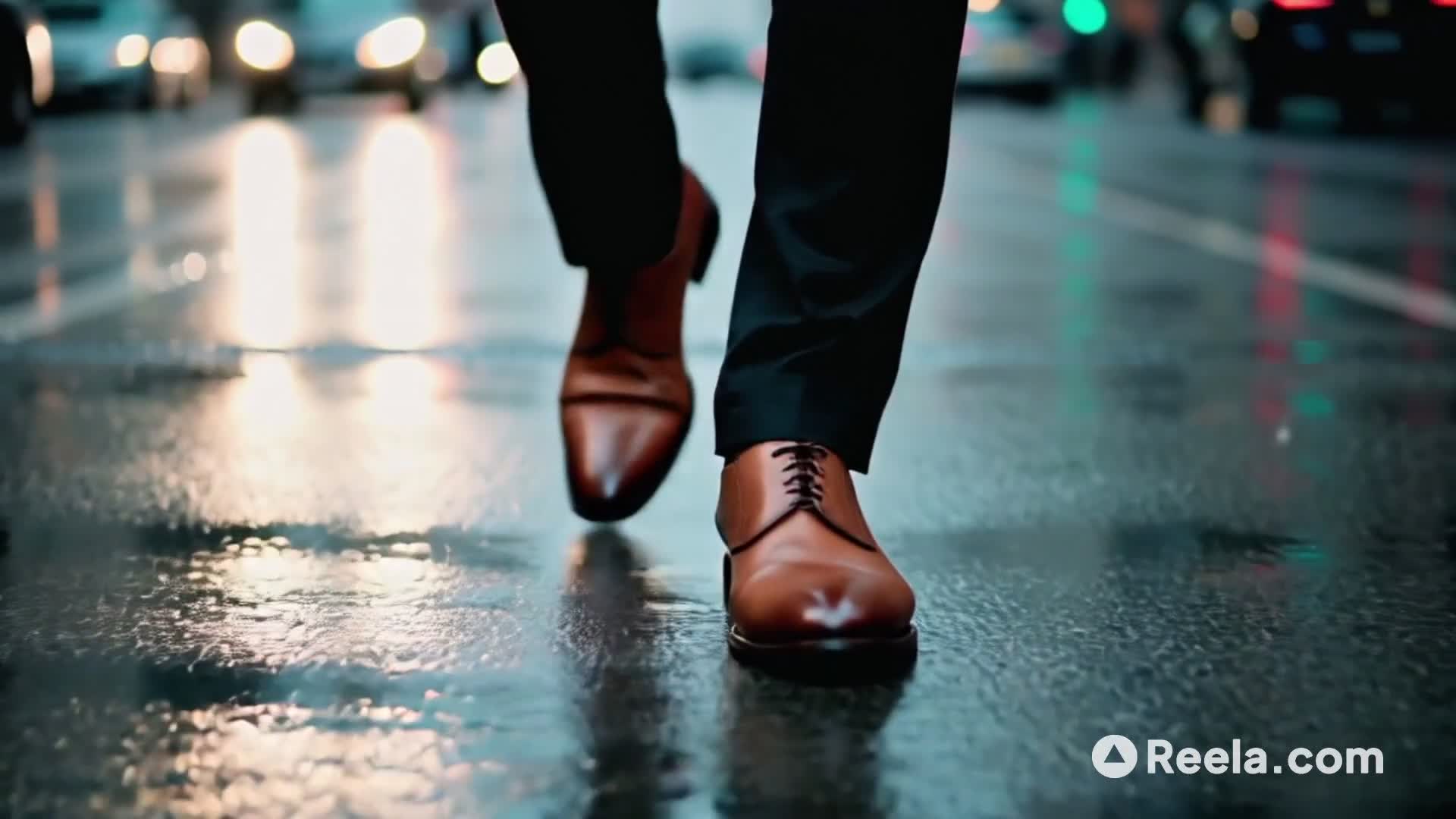Mastering Decisions: Lessons from Real-Life Choices 🧠💼
Z
Dive into three compelling stories of professionals facing crucial decisions. Discover how understanding cognitive biases and focusing on decision-making processes can lead to better choices in your career and life. Based on insights from "How to Decide" by Annie Duke. #DecisionMaking #CareerGrowth #FinancialWisdom
Dive into three compelling stories of professionals facing crucial decisions. Discover how understanding cognitive biases and focusing on decision-making processes can lead to better choices in your career and life. Based on insights from "How to Decide" by Annie Duke. #DecisionMaking #CareerGrowth #FinancialWisdom
Keyframes
Original Prompt
Strict use of scripts:“It was a cold day when Joe decided to quit his job. He had been offered a new position at a small start-up, one that promised both excitement and equity. On paper, it looked perfect: a smaller team, more responsibility, and the potential for huge financial gains. But after six months, the company floundered. Joe found himself unemployed, burned out, and with nothing to show for his gamble. In hindsight, it seemed obvious the start-up would fail; their business plan was shaky, and the market was far more competitive than Joe had realized.
As he reflected, he couldn’t help but feel like he should have known better. But could he? This is where Joe, like many of us, fell into the trap of resulting—judging the quality of his decision by the outcome. As the book mentions, "Good decisions can still lead to bad outcomes, and bad decisions can sometimes yield good results." Joe’s story isn’t about making the wrong decision, but about expecting certainty in a world full of uncertainty.
The takeaway for Joe—and for us—is to stop obsessing over whether the decision turned out well or poorly. Instead, focus on whether the process of making that decision was sound. Did Joe gather enough information? Did he consider the risks? That's what matters. A solid decision-making process doesn't guarantee success, but it does increase the odds. And in the world of decisions, that's as close to control as you'll get.
As Joe grapples with his lesson, it reminds us of a similar story, but with a twist of success.
Unlike Joe, Amanda seemed to have it all figured out. She invested in a tech stock after hearing glowing reviews from a well-known financial expert. The stock skyrocketed, and Amanda made a hefty profit. Her friends praised her brilliance. But was it brilliance? When Amanda looked back at why she made that choice, she realized it was purely based on someone else's opinion. She hadn’t done her own research; she had simply followed the crowd. It was pure luck that the stock performed so well.
This is where the book shines light on the overconfidence bias—the tendency to attribute success to our skills when in fact, it was often luck. Amanda was basking in what the book calls “dumb luck,” mistaking a fortunate outcome for smart decision-making. As Amanda learned, it wasn’t her expertise that earned her the win, it was the unpredictable market forces. Yet, the high of success can easily blind us to the reality of our decisions.
Amanda’s story teaches us not to get carried away by good outcomes. Success can often lead to complacency, and complacency leads to future mistakes. The smart move? Question your victories just as much as you question your failures. Look back and see what part of your decision was based on solid reasoning and what part was mere fortune. This isn’t about doubting yourself—it’s about sharpening your future decision-making.
The lesson in Amanda’s story leads us to a final tale, one that questions how much we can truly see in advance.
Tom was a data analyst who prided himself on his ability to predict trends. He spent weeks preparing for a presentation that would determine whether his company should launch a new product line. All the numbers seemed to point in one direction: success. Confident in his research, Tom pushed for the launch. But six months later, sales were abysmal, and Tom was left wondering how it all went so wrong.
It turns out Tom had fallen prey to hindsight bias, the belief that an outcome was predictable all along. After the failure, it seemed so obvious to him: the market wasn’t ready, the economy was slowing, consumer interest was shifting. Yet, during his decision-making process, none of those factors were clear. As the book notes, “Our brains have a funny way of convincing us we ‘knew it all along’ when, in reality, we were just as uncertain as anyone else.”
Tom’s mistake wasn’t in missing these signs—no one could have seen them clearly in the moment—but in how harshly he judged himself afterward. This self-blame clouded his ability to learn from the experience. Instead of feeling defeated, Tom needed to assess what went right in his process and what could be improved. The truth is, we can’t predict the future perfectly, but we can improve the way we navigate uncertainty. The lesson here is to stop looking for certainty and instead, refine our methods of dealing with the unknown.
These three stories—Joe’s failed job change, Amanda’s lucky stock pick, and Tom’s misstep in forecasting—highlight the core message: decision-making is less about controlling outcomes and more about managing the process. The reality is, control is an illusion. We can’t guarantee what will happen, but we can ensure we’re using the best possible tools to guide our choices. Whether facing career risks, financial investments, or professional forecasting, what matters isn’t the final result, but how we arrive at it.”
Title Usage:“How to Decide: Simple Tools for Making Better Choices”
The content is in English with English-Chinese bilingual subtitles.
Using Hollywood production values and cinematic style.
Music is soft.
Settings
Duration
4:43
Aspect Ratio
16:9
Tip: Use this prompt in Reela'sAI Video Generator to easily create your own unique version in minutes.

